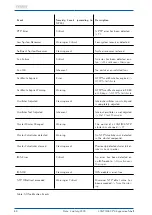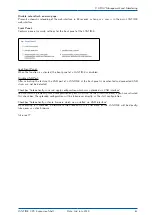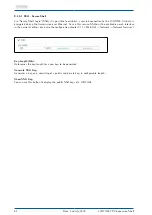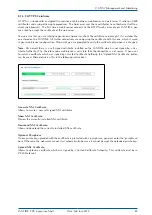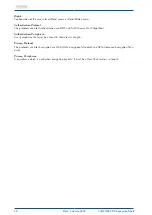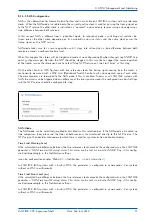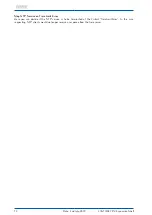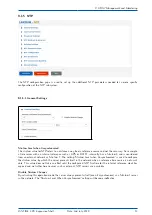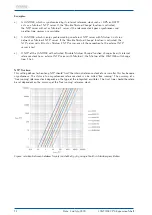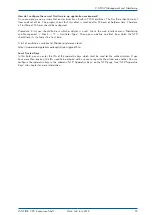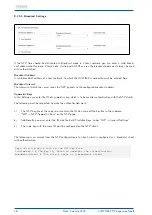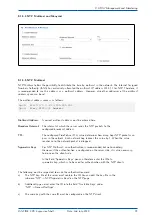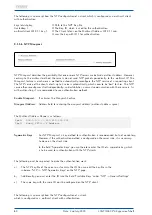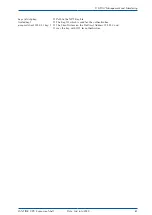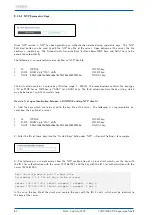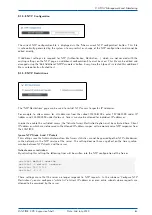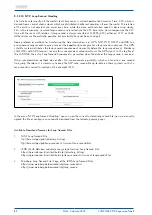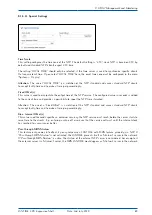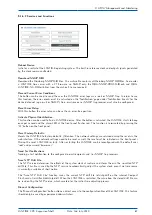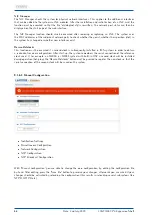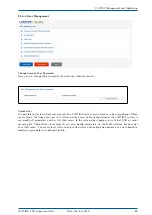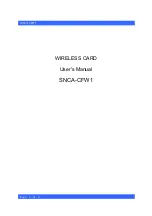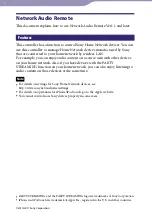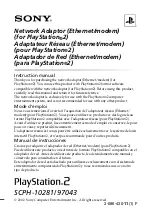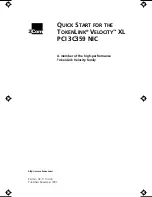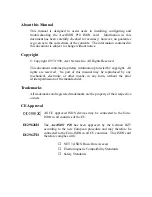
Examples:
a)
A LANTIME, which is synchronized by its internal reference clock such as GPS or DCF77,
acts as a Stratum 1 NTP server. If the "Disable Stratum Change" function is activated,
the NTP server will act as Stratum 1 server, if the reference clock goes asynchronous and
no other time sources are available.
b)
A LANTIME, which is only synchronized by an external NTP server with Stratum 3, acts in a
network as Stratum 4 NTP server. If the "Disable Stratum Change" function is activated, the
NTP server will still act as Stratum 4 NTP server, even if the connection to the external NTP
server is lost.
c)
If NTP of the LANTIME with activated "Disable Stratum Change" function, changes from its internal
reference clock to an external NTP server with Stratum 2, the Stratum of the LANTIME will change
from 1 to 3.
NTP Trustime
This setting defines for how long NTP should "trust" the internal reference clock of a server after this has become
asynchronous. The status of an asynchronous reference clock is also called "free running". The accuracy of a
"free running" reference clock depends on the type of the integrated oscillator. The trust time should therefore
be set dependent on the accuracy of the "free running" reference clock.
Figure: relation between holdover time (x) and offset (y) by using of built-in Meinberg oscillators
74
Date: 2nd July 2020
LANTIME CPU Expansion Shelf
Summary of Contents for LCES
Page 2: ......

